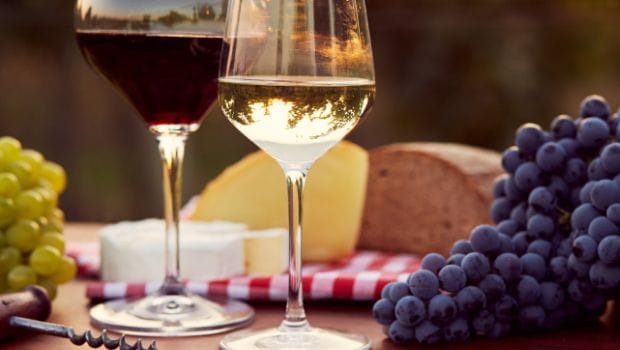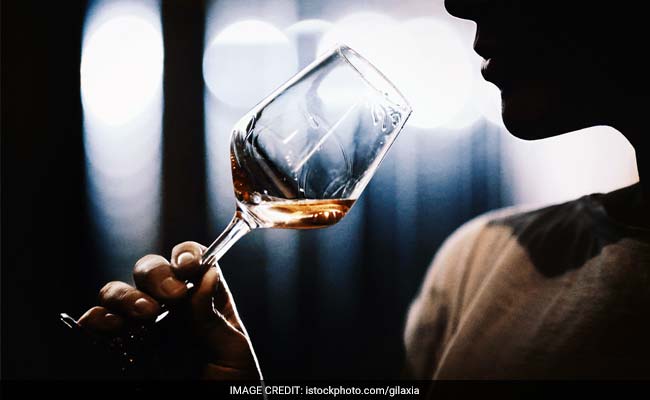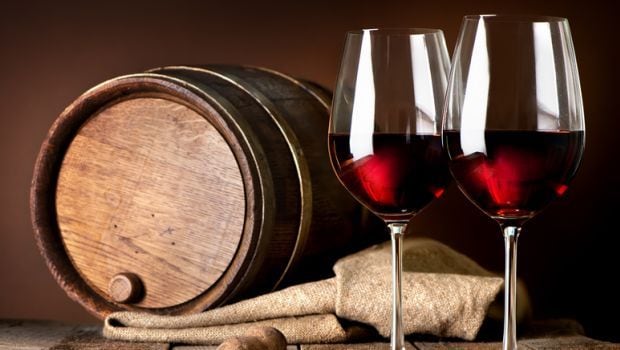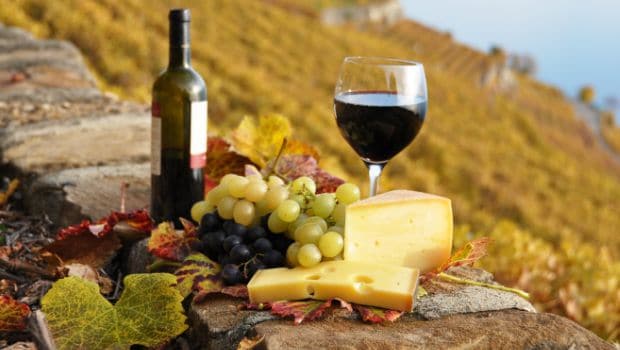

It was a one-hour conversation with Steven Spurrier that completely altered my relationship with wine. For years, I was fighting hard not be a wine snob – the type you run into at wine clubs across India, who often makes wine so complicated and difficult to understand. It’s why many people end up opting for some other spirit, refusing to be drawn into discussions that often take away the pleasure of sipping a great glass of wine. I’ve always felt that wine should not be intimating and a snob drink; it was comforting that Steven Spurrier, one of the world’s best known wine experts shares the same philosophy.
Spurrier was instrumental in organising ‘The Judgement of Paris’ in 1976 an event that broke the hegemony of French wines. He assembled eleven of the finest wine tasters in France and asked them to rank a selection of wines. He did not reveal the identity of the wines nor did the aficionados realise that among the French wines were some emerging Californian wines. A 1973 Chardonnay from the Chateau Montelena, in California’s Napa Valley emerged the winner among the Whites. Another Wine from a brand new winery in California – The Stag’s Leap Cellar took top honours in the Red Wine Category with a 1973 Cabernet Sauvignon. The event was immortalised in Bottle Shock, where Alan Rickman played Steven Spurrier. It also unleased the potential of the New world wines from regions like California. It’s places like California and Australia where I’ve always felt more relaxed with a glass of wine. Places where wine newbies are not ‘judged’.

If you’re just about to begin your discovery of wine, you might find these tips quite handy:
Wine producing regions: France, Germany and Italy generally represent the ‘Old World’ wines. Terroir or the unique characteristics of the soil and climate have often played a big part on the identity of these wines. Over the last five decades, several wine regions from California, Australia, New Zealand, Chile and South Africa produce high quality wine. Maharashtra (Nashik, Baramati) and Karnataka (Nandi Hills near Bengaluru) are India’s wine production hubs with mild winters and warm, dry summers; ideal for grape production.
Read the label: New world wines have simplified wine labels. Old world wines in the past would typically only list the region, the wine aficionado would automatically know the wine grape based on the region. New World wines keep it simple with the grape varietal, region, wine producer and the vintage (the year the wine was bottled). As a wine ages it improves the depth and character (also adds a mystique) of the wine. However the general thumb rule is red white gets better with age but younger white wines are better.
The glasses: wine glasses vary depending on the type of wine. Generally Red wine glasses tend to have a lager bowl and are taller to allow the flavours and aromas to emerge. There are broadly six types of wine glasses for full bodied and light bodied red wines, white wines, sparkling wine, rose and fortified or sweet wine.

The grapes: begin your incredible journey by understanding the six grape varieties and their key characteristics: Riesling, Sauvignon Blanc, Chardonnay, Pinot Noir, Merlot, and Cabernet Sauvignon. These six major wine grape varieties make up about 80% of all wines made around the world. The key difference between wine tasting and drinking is paying attention.
How to serve and store wine: it’s equally common to find wine with bottle caps (instead of corks). It’s best to store your wines sideways (and not standing; especially wine bottles with a cork) in a cool place before the bottles are opened. Don’t keep an opened bottle of wine longer than a week in your refrigerator. Red wine is usually served at 12 to 18 degrees centigrade (Room temperature in some parts of the wold!), white wine at 8 to 12 degrees while sparkling and dessert wines are usually served at 5 to 7 degrees centigrade.
How to experience a glass of wine: even if you’re not a connoisseur it’s possible to enjoy wine with a few basic steps. First ensure you are not in a room full of other aromas and sounds that could distract you. As you pour the wine into a glass observe the colours (hold it to a light source) as you tilt it. Swirl the wine – easier to do when your glass is one thirds full. This action churns the liquid as it travels allowing it to draw oxygen from the air and intensify the smell. Sniff the wine – don’t bury your nose in the glass, just take short sniffs that allow you to take in the aromas. Sip the wine, don’t gulp it down and experience the flavours.

Wine Pairing: we’ve all heard about the basics from how salads and seafood work best with crisp white wines to how meat dishes work with complex red wines. Some wine experts overcomplicate wine pairing with the six basic flavour profiles – sweet, salt, fat, acidic, alcohol and bitter. It’s easier to keep it simple and look at whether you want flavours that are complimentary or contradictory. Ultimately I think it’s down to your personal choice; like Steven Spurrier told me – “I don’t think food should dictate what kind of Wine you drink. I believe in Drinking Wine for ‘Mood’ and not Food”.
[“source-ndtv”]




